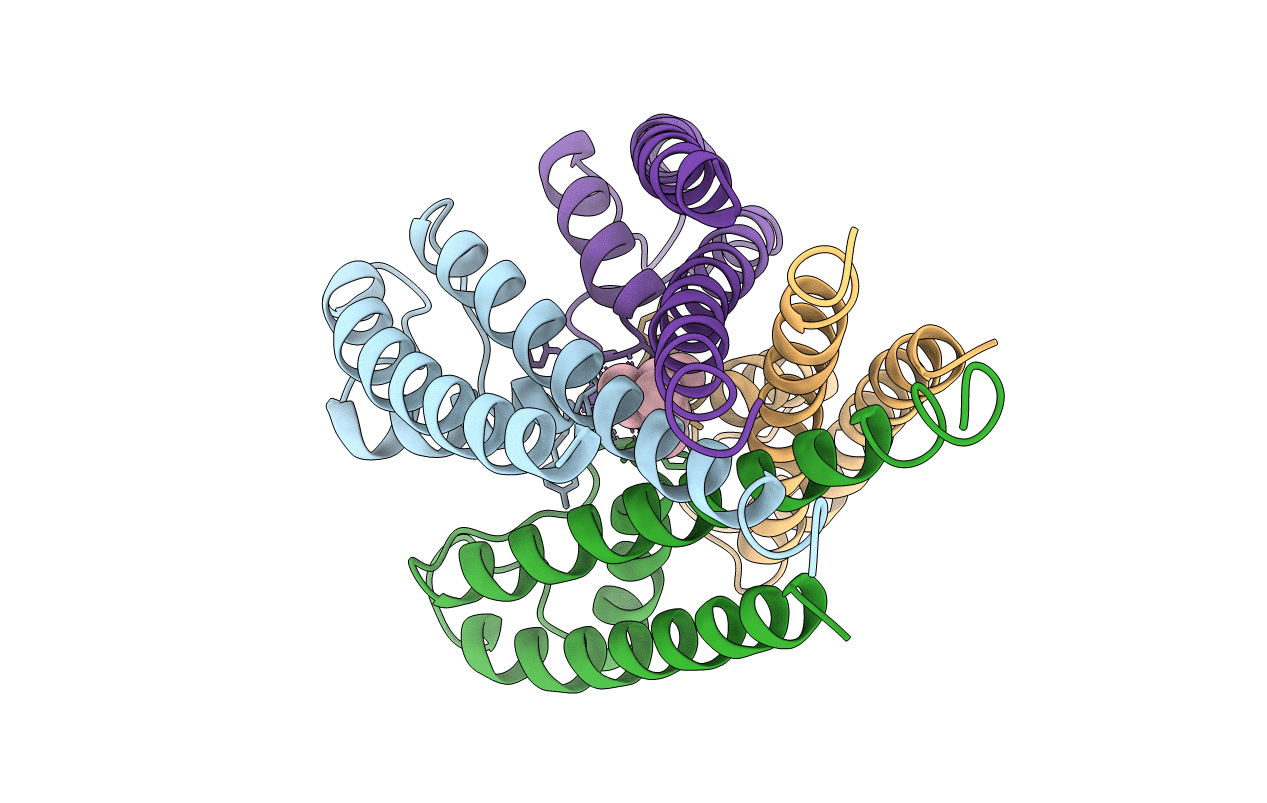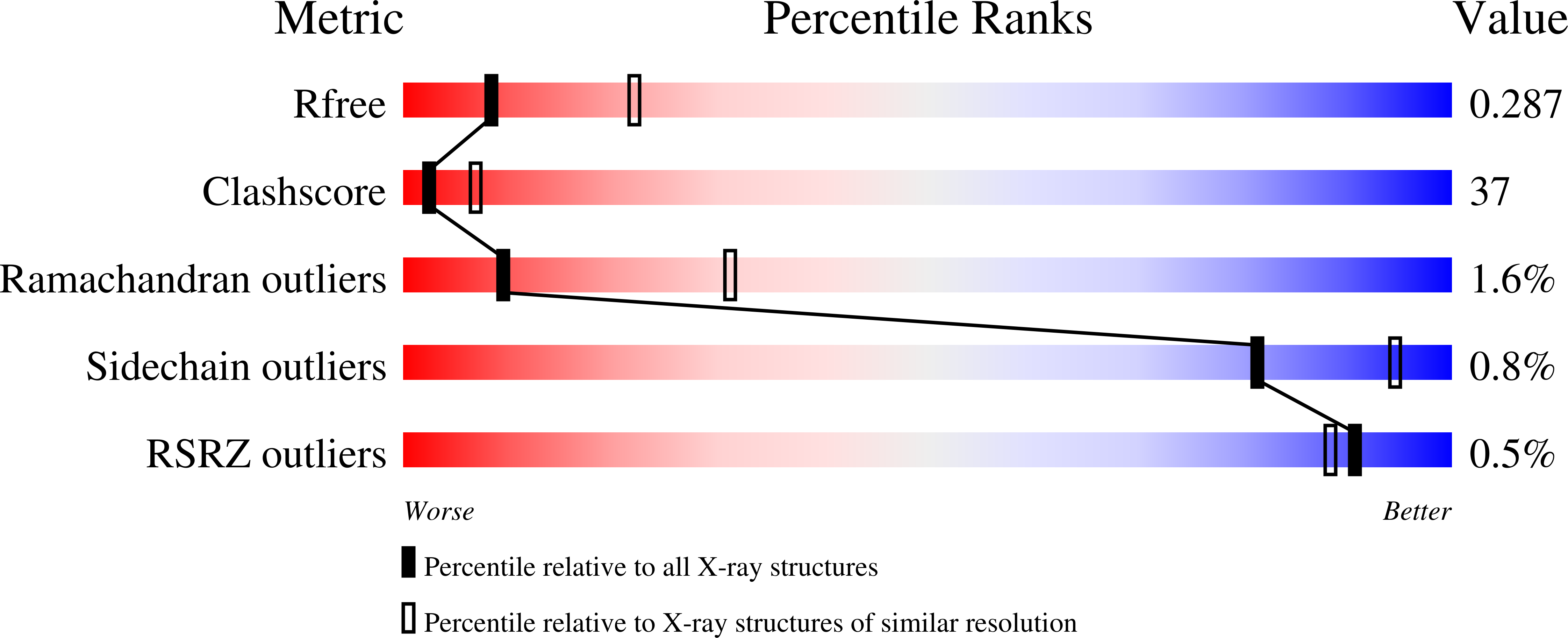
Deposition Date
2001-08-30
Release Date
2001-12-05
Last Version Date
2023-08-16
Entry Detail
PDB ID:
1JVM
Keywords:
Title:
KCSA POTASSIUM CHANNEL WITH TBA (TETRABUTYLAMMONIUM) AND RUBIDIUM
Biological Source:
Source Organism:
Streptomyces lividans (Taxon ID: 1916)
Host Organism:
Method Details:
Experimental Method:
Resolution:
2.80 Å
R-Value Free:
0.30
R-Value Work:
0.28
R-Value Observed:
0.29
Space Group:
C 1 2 1


